Artist Interviews 2022
Suki Mehr 
By Laura Siebold
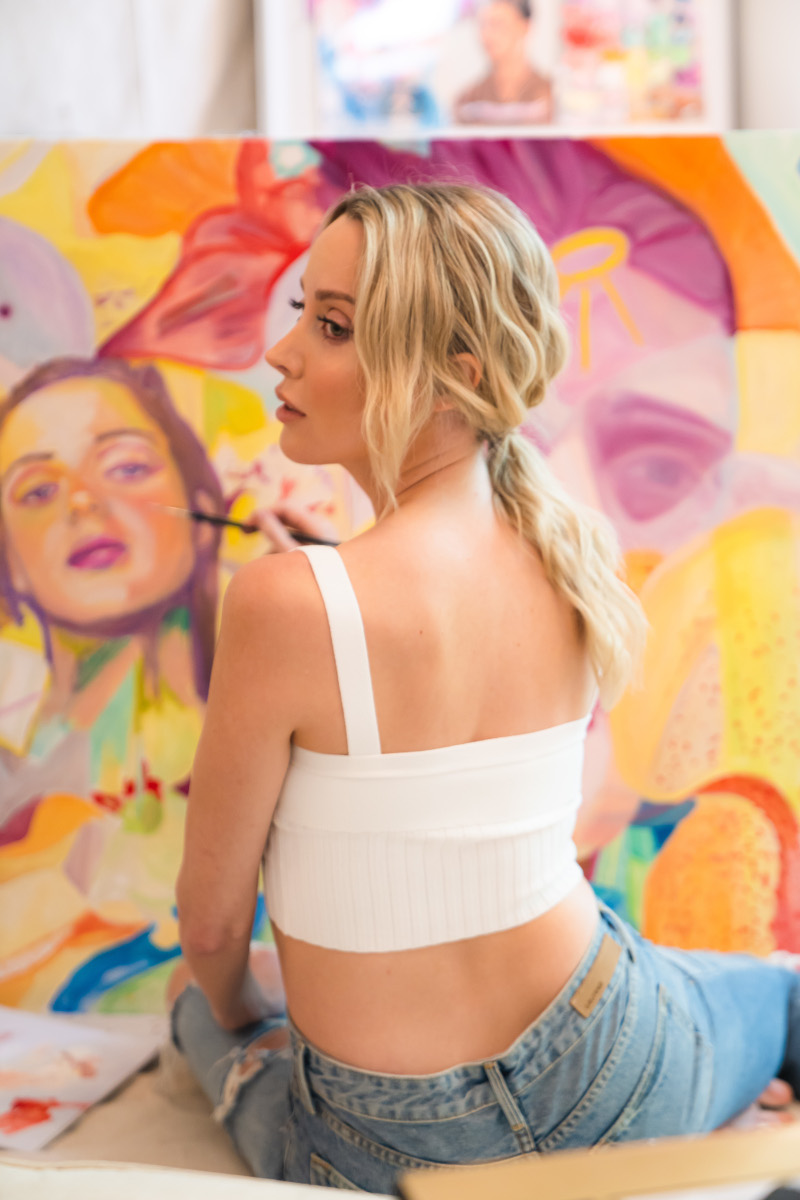
Suki Mehr is a multifaceted artist. She seems to roam between traditional arts like painting, modern innovations like 3D design and NFTs. Suki addresses important topics like climate change in her work, and asks the question of sustainability in art. As a female pioneer in 3D printing, Suki created a startup to raise interest in 3D design and engineering, specifically targeting women and children.
I chose Suki for an interview for this issue for her innovative use of different materials that support her versatile projects, and her successful path from visual artist to artistic entrepreneur. Read on to learn more about Suki’s creative processes and the many possibilities of sustainable art.
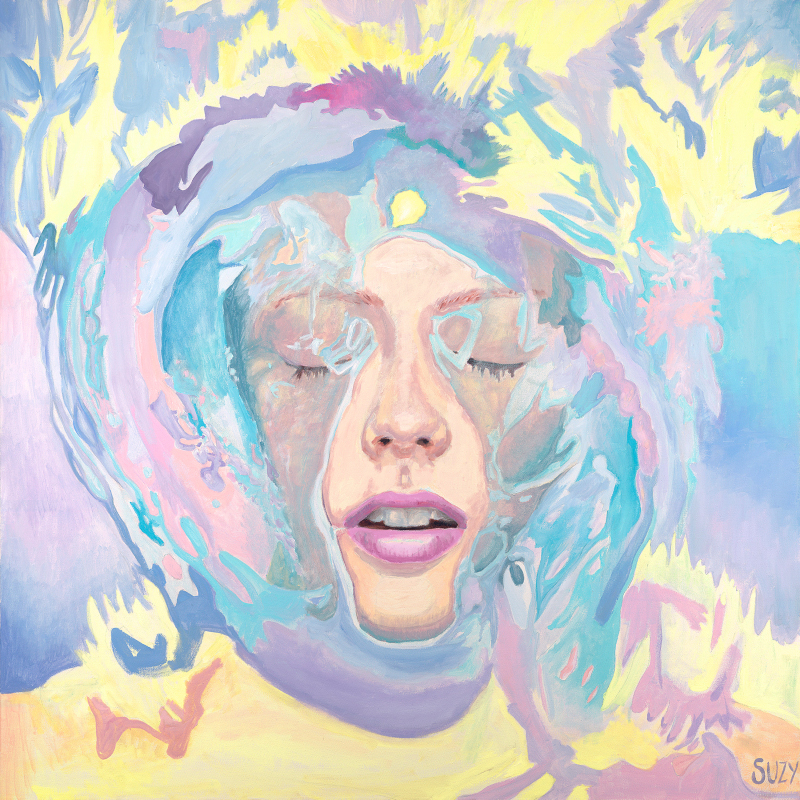
Suki, your art seems so diverse and hard to put into one category. Can you please try to describe your art in three words? Please go into detail about why you chose those threewords.
Metaphysical - questioning notions of identity, separateness, origin and change or I’ve always been drawn to Deleuzian interpretations of Francis Bacon and specifically “the moment of becoming”.
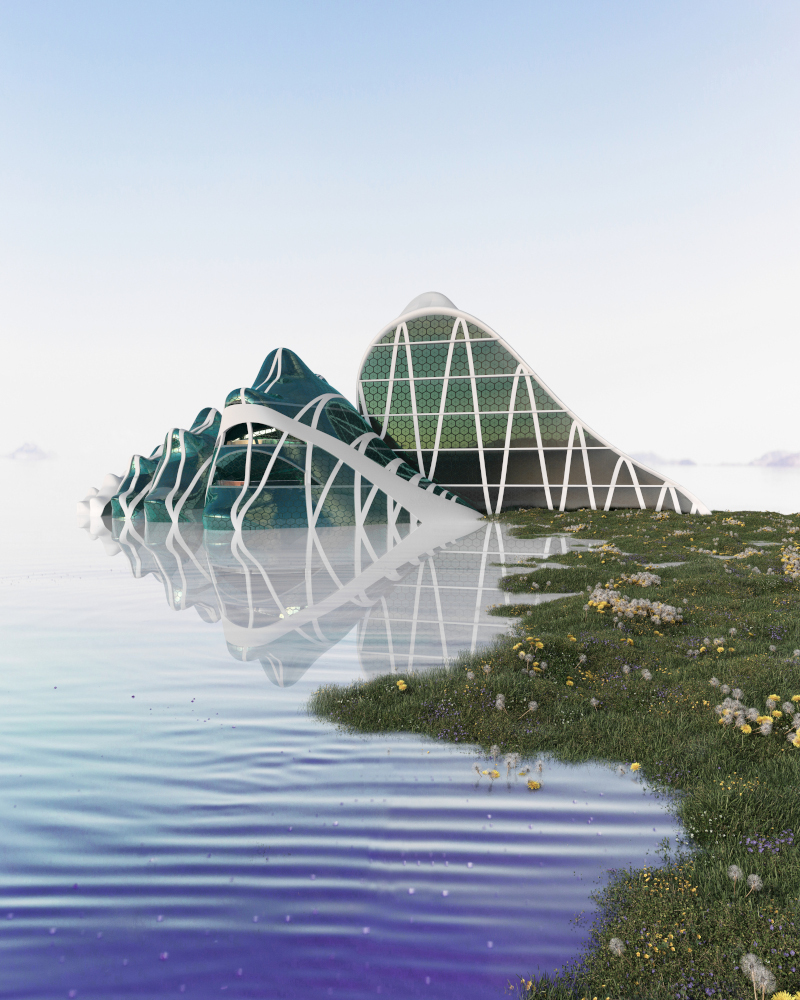
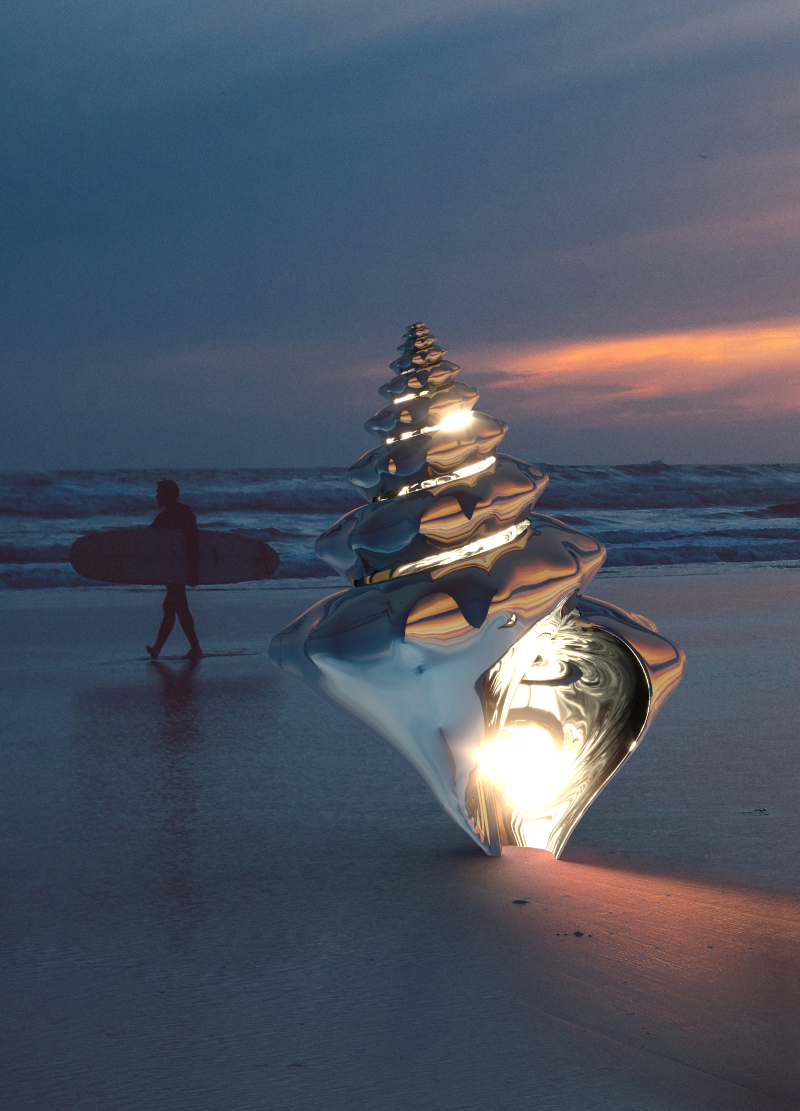
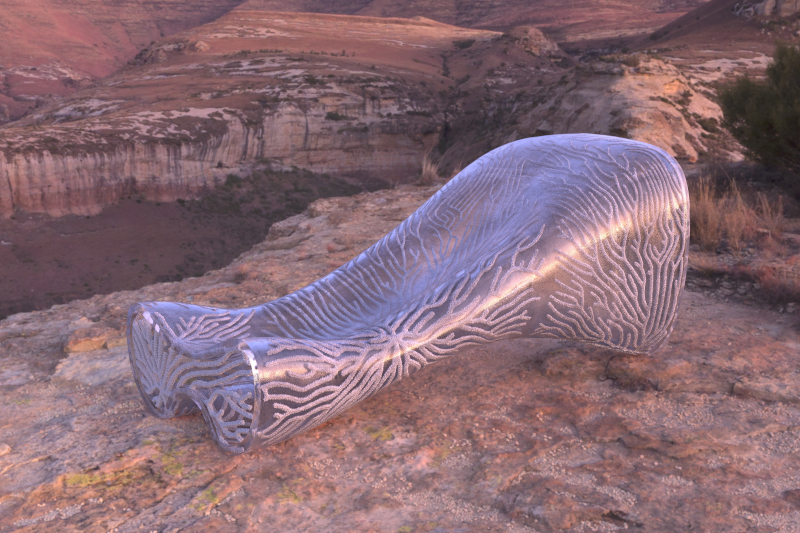
You live in Bahia Beach, Puerto Rico; and the influence of the sea and its creatures clearly shows in your artwork, specifically your newest project “Thalassa” (2022). What would you say is your biggest inspiration?
My work naturally reflects my environment. Here in Puerto Rico, I live nestled between the rainforest and the ocean, and patterns of biomimicry weave themselves into my sculptures and paintings. Living on an island also presents the undeniable need for sustainable production. There is no space for waste.
Beyond use of recycled materials, my work contemplates climate change: how intricate and delicate can a 3D printed sculpture exist and still endure the winds of hurricanes? My mediums range from steel collected from the ruins of California forest fires, 3D printed marble and stone waste, 3D printed recycled sea plastics and most recently carbon captured diamonds. And of course, the most sustainable work of all, are those which have never physically existed - NFTs.
Currently I’m working with WASP on a furniture project inspired by glaciers and sea creatures, 3D printed in recycled sea plastics. Patterns of white coral are laced inside melting translucent plastic ‘glaciers’ in the form of chaises and tables.
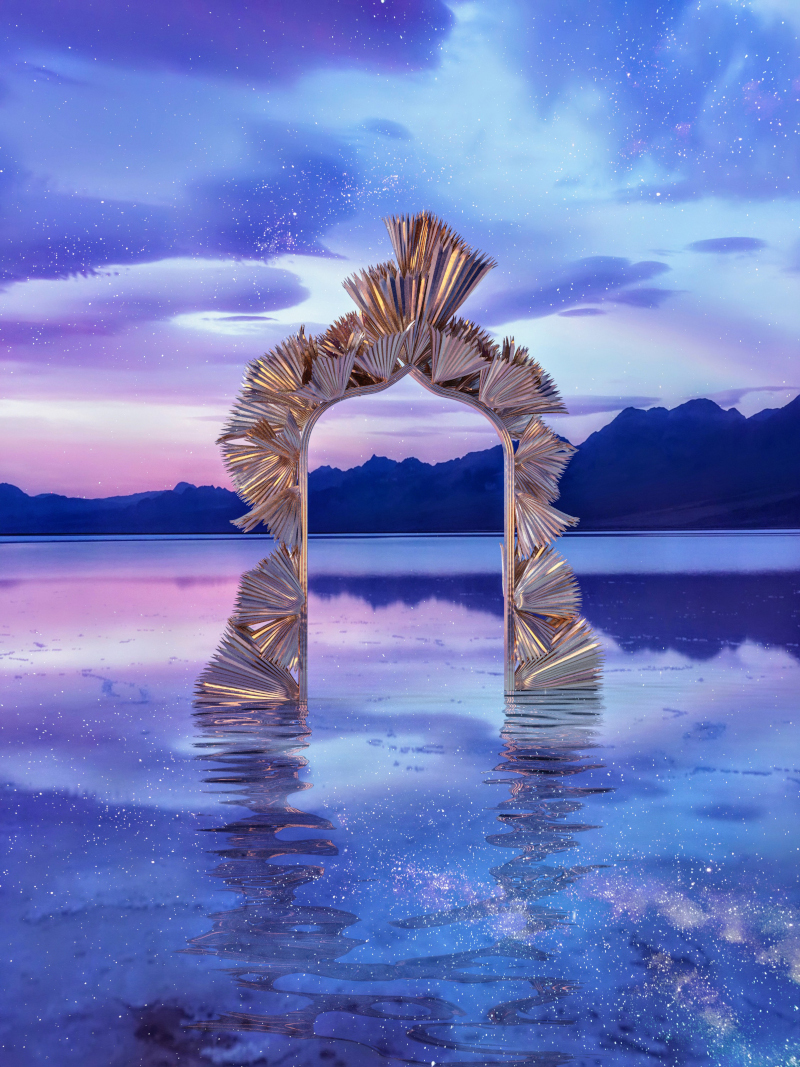
I looked at your biography – you started out with a degree in critical literature theory and visual art, and today you are an influential industrial and advocate for creative business development. How did you gradually become more involved in creating and become an entrepreneur?
Art has always been my passion, both undergrad at Brown and in grad school at RISD. I found it perplexing that RISD was almost 40k/year for graduate school but artists, especially sculptors and metal smiths, typically find high paying jobs hard to come by. I was very stressed about the student loans piling up. I think it would be great if more art schools promoted entrepreneurship and business courses. As paradoxical as it might seem, it is very important for some artists to understand basic accounting. The trope of the starving artist is not one I saw for myself, knowing I wanted to have a family and needed to pay off my student loans.
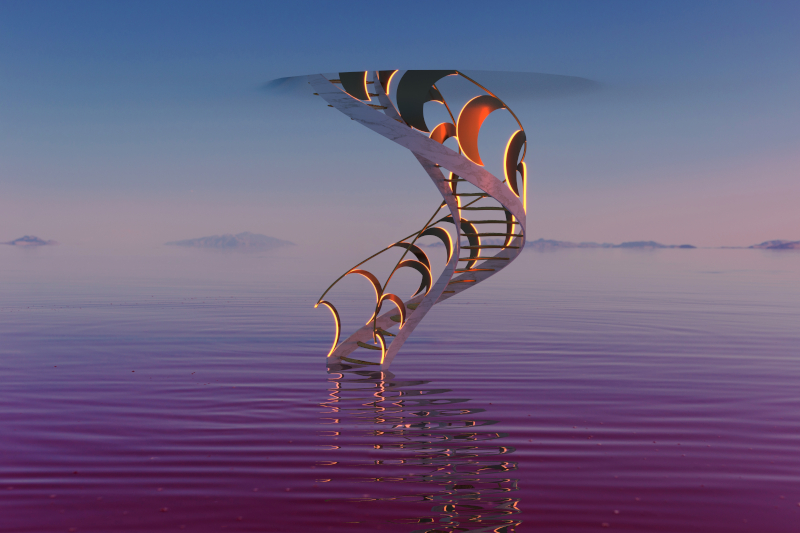
Can you tell us what led you to creating your startup KiraKira3D back in 2010? What was the purpose of the startup and what did you learn in the process?
After RISD I knew I needed to learn more about running a business, so I applied to a program at the Darden Innovation Lab University of Virginia’s Business School. While there, I began using their 3D printing lab on the main campus. It was an incredible facility sponsored by Rolls Royce. Mostly I found the lab to be empty and if there were any students at computers in the lab, they were male. I wondered why this was, so I began taking their intro to 3D printing and mechanical engineering classes teaching programs like Solidworks. The content taught students how to make things like wrenches and autoparts: content that was not compelling to me. I decided to work on some classes that might be more exciting to a variety of students, online classes that taught kids how to make their own iphone cases or jewelry. This became my first startup KiraKira3D which focused on getting young women, but kids generally, excited about 3D design and engineering.
I learned a lot about the importance of leading with your heart but also the harsh reality of runway and paying engineer salaries in San Francisco. SF is a very expensive city to live and work in, so we had a small team of predominantly female engineers. We had to be scrappy, and also work hard to secure strategic investors like Intel Capital and partners like Hp and Autodesk that could propel our product and scale our user base.
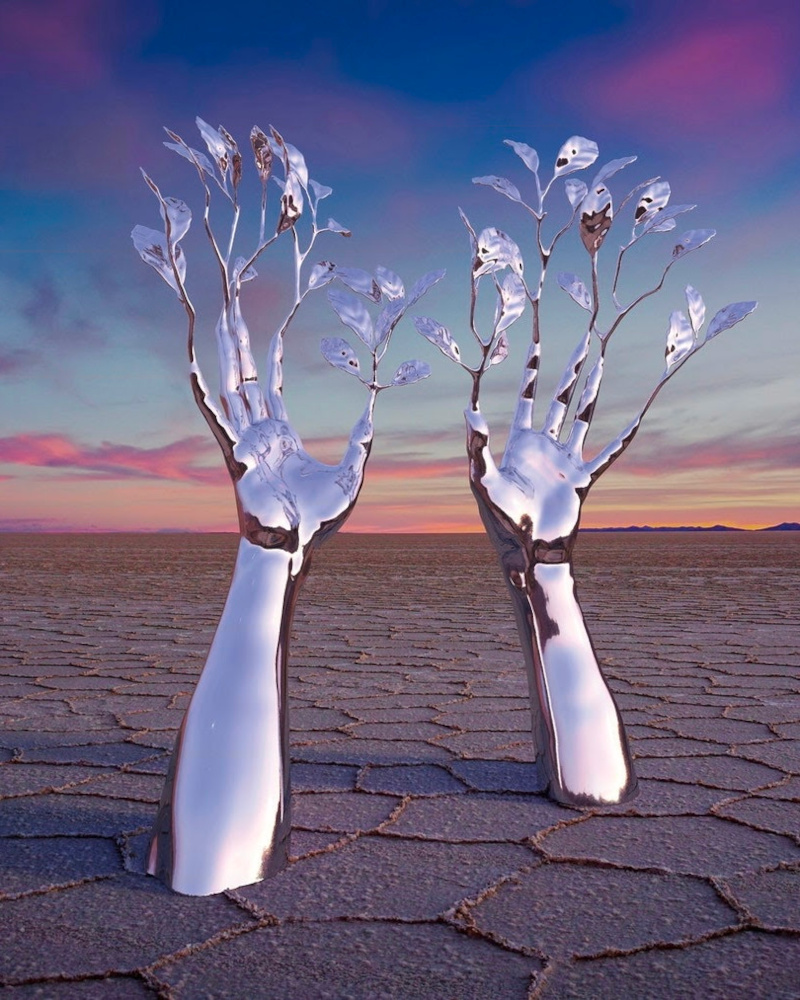
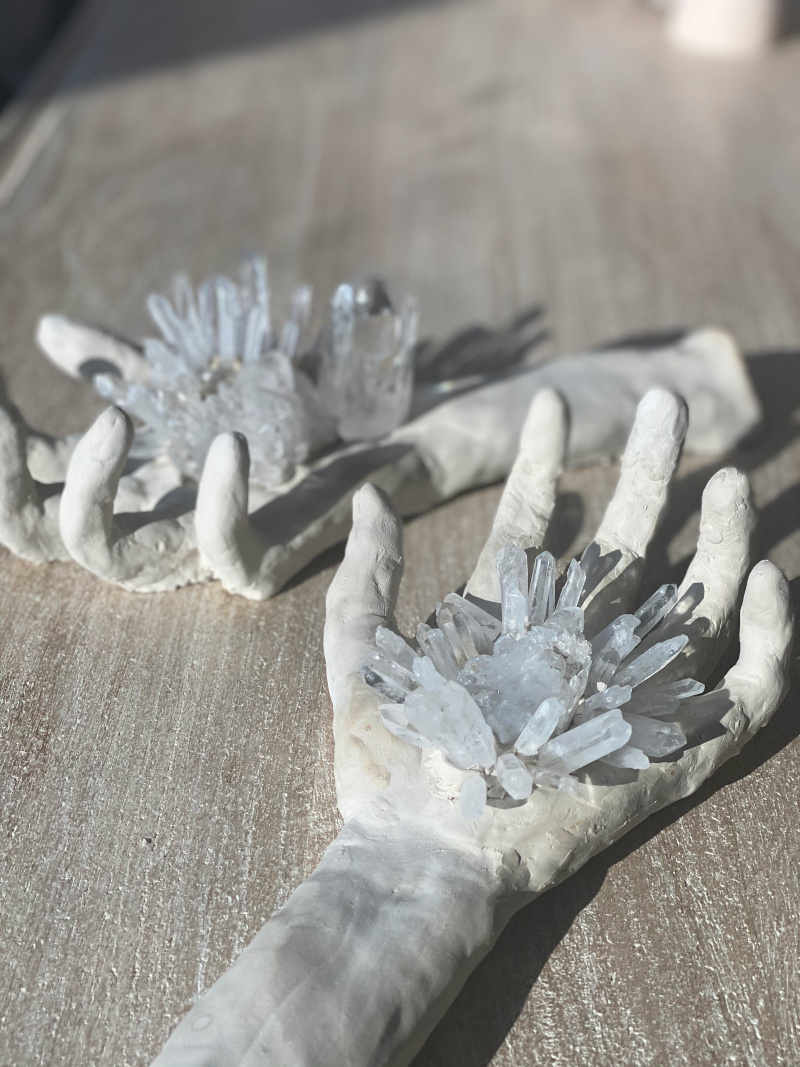
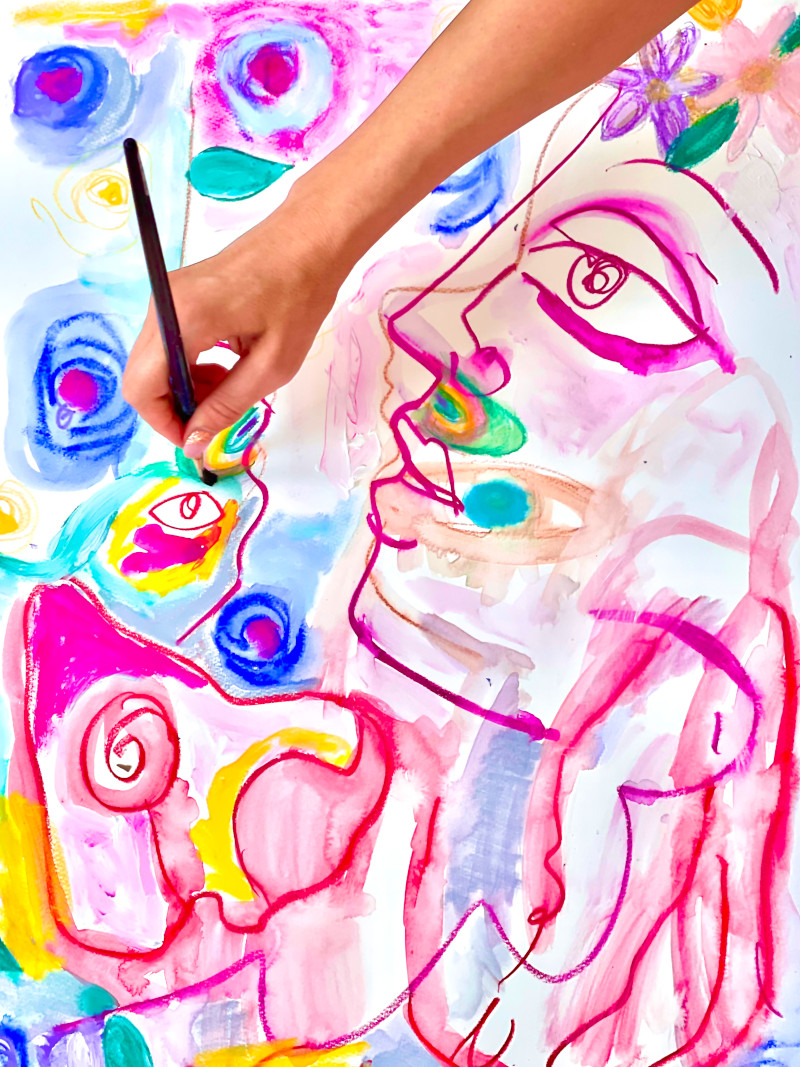
Your work ranges from digital NFTs over fiber glass, clay and bronze models to plastic objects, 3D printed models and steel sculptures. How do you choose the material for each project and what are the most important steps for you to follow for each project?
Typically, I approach each concept and inspiration vs. medium in mind. Sustainability through production or concept is always the goal, but this messaging varies from each project or installation. For example, using 3D printed recycled sea plastics or carbon captured diamonds is quite literal but perhaps not realistic for a piece situated near the ocean needing to withstand 160 mph winds. So, at times the subject itself is the statement about our collective need to build for our planet’s future, like my recent largescale sculpture of fingertips becoming vines (‘Aion’ installation at The Albany in the Bahamas).
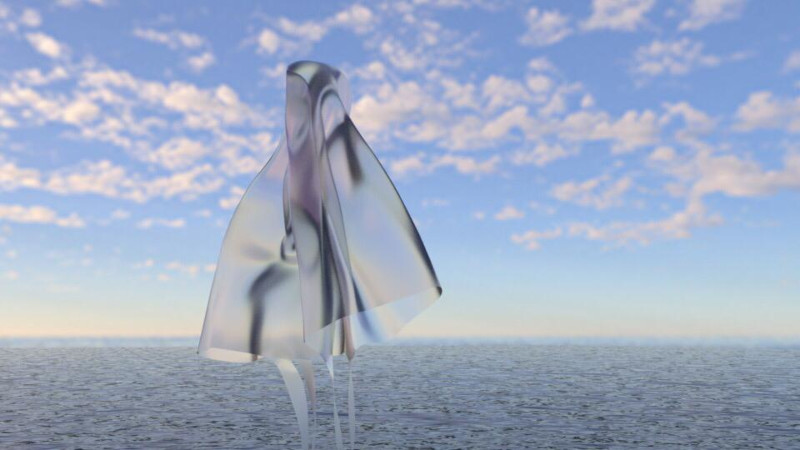
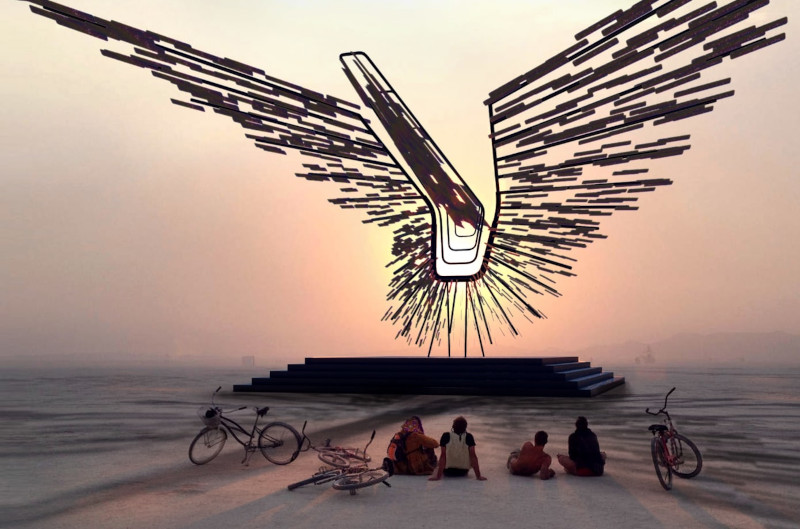
Your participation in the AI project “United States v. Alexa” questions the boundaries of free speech for AI devices like Amazon’s Alexa. How did this project come to life and what was people’s reaction to it?
This was a really interesting project I did at Stanford with Michael Fischer, a comp sci PhD, Sven Eberwein, an incredible designer, and Nina Holtsberry, an attorney. The outcome was a interdisciplinary perspective about the future of law, human identity, and AI. What rights will AI have? What rights should they have? I find art installations that combine a variety of vantage points are far more interesting than anything I would conceive alone. This piece is very much the physical manifestation of the conversation between all of us, as well as some of our advisors on the piece, Eric Schmidt and Nicolas Berggruen.
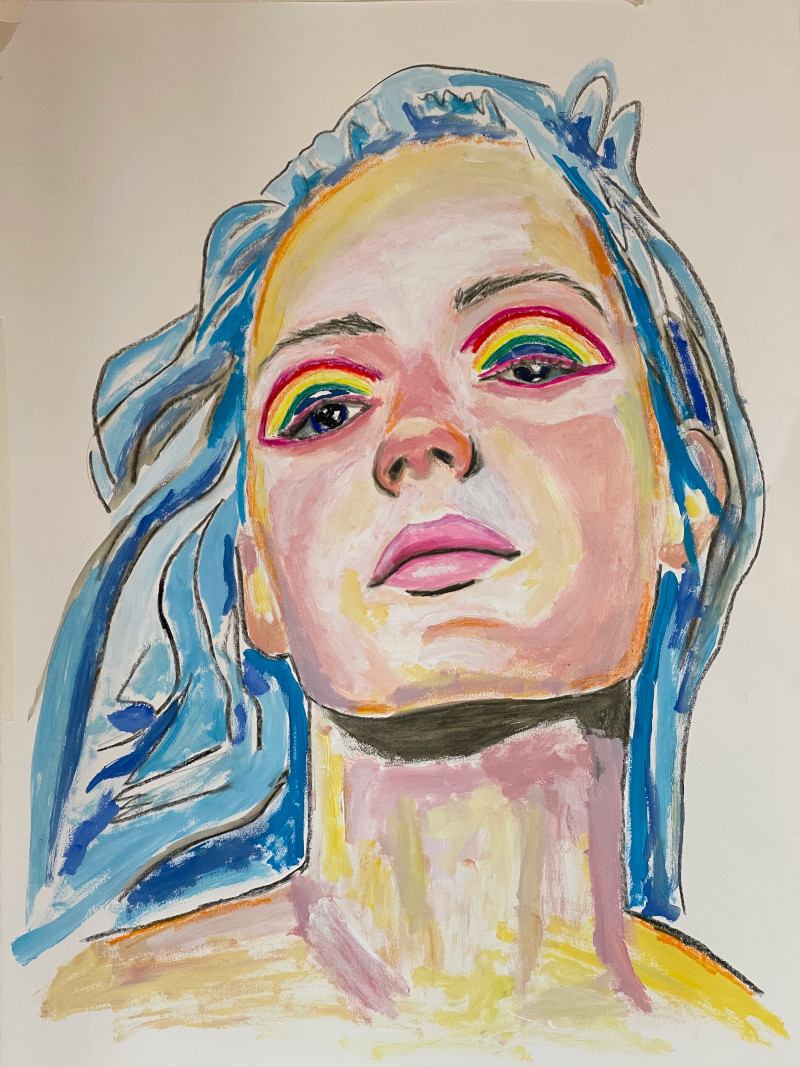
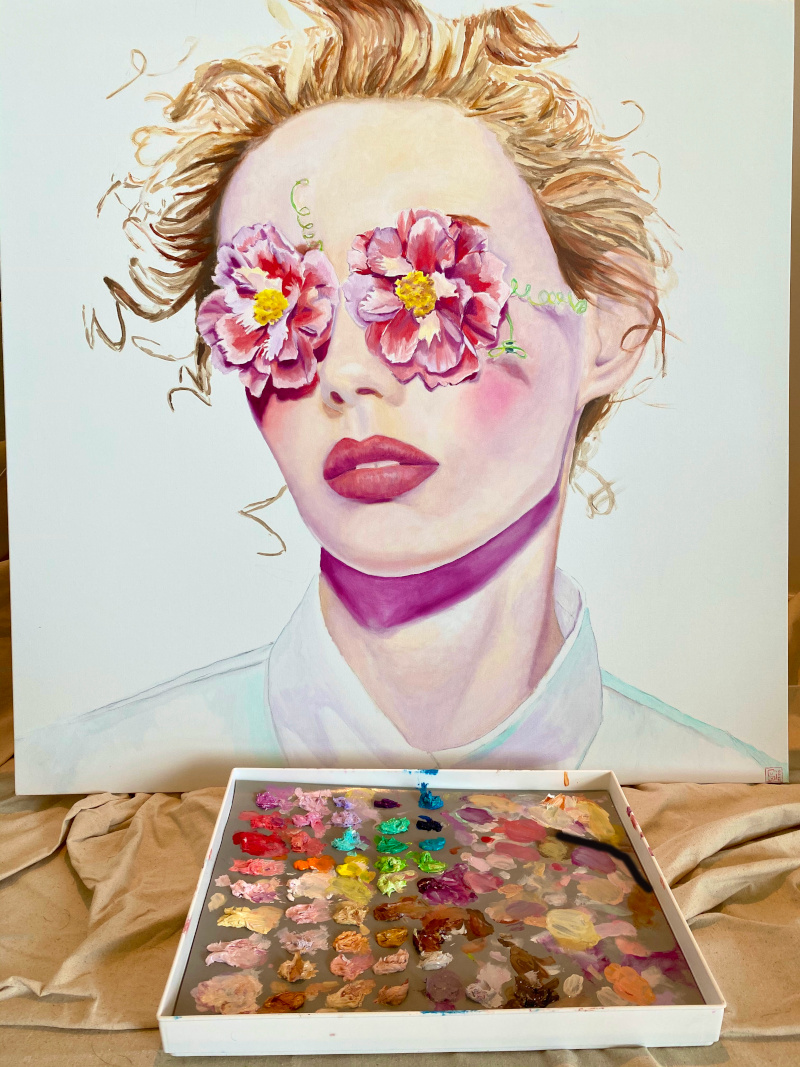
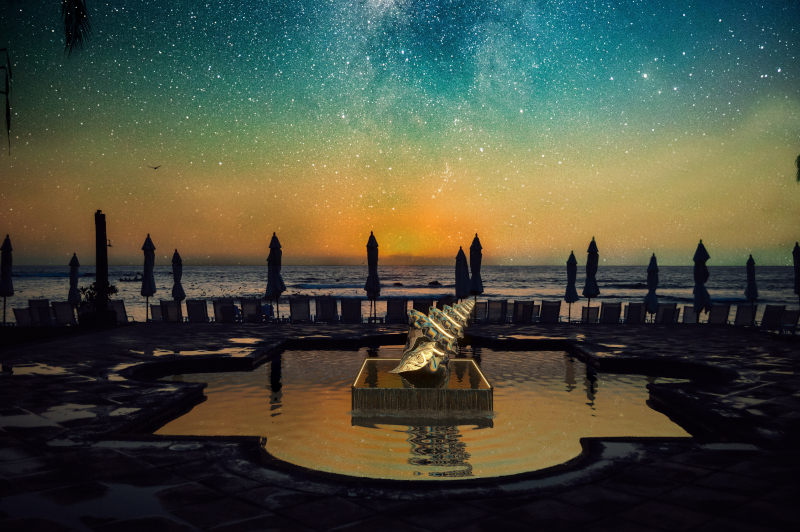
Your “Clear” project (2019) highlighting the wide-ranging impact of plastic, as well as your “Wing Portal” (2019) made from recycled steel bring awareness to the changing climate and environmental crisis on Earth. In your opinion – how can art raise awareness for the environmental, economic, and social situations we face around the world?
Artists hold the ability to show others what is possible in the future, both utopian and dystopian visions.
What is the project you are most proud of to this day and why? Elaborate.
The piece I’m most proud of is probably Wing Portal. I made this after the California wildfire, from the ruins. Initially a hopeless moment in my life, physically and emotionally, the art transmuted these emotions to something beautiful and transcendent. This was also very much a collaborative piece, culminating in a ballet and orchestral performance of Stravinsky’s Firebird beneath the sculpture at Burning Man 2019. Hundreds of people came together to create this ephemeral moment. The action, the memory, the experience, were the art, not the piece itself.
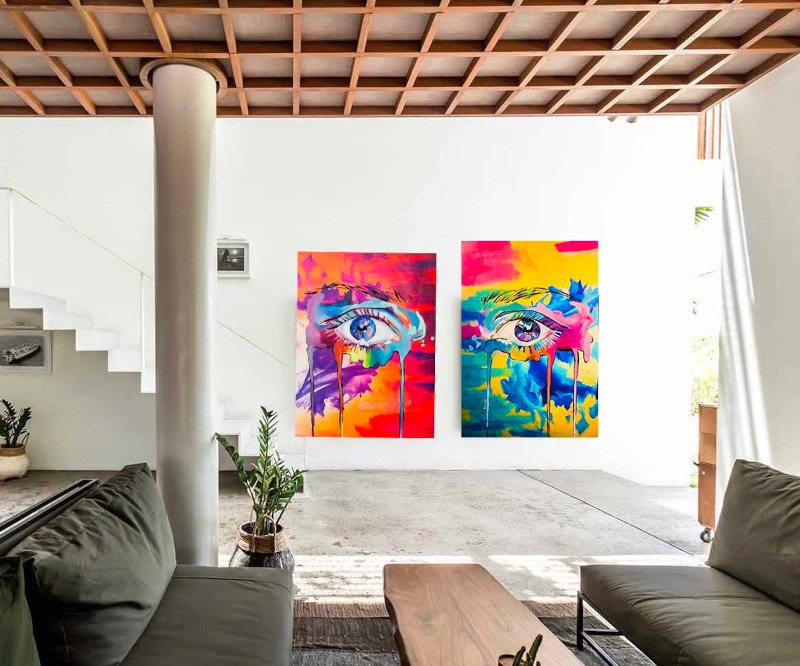
Can the artist be an architect of change in the world?
Always. Be the change you want to see. We are a reflection of each other and our environment. I’m working on a piece of wearable art, a mirrored collar engraved with the words “i am a reflection of you”. I’m curious how it will change the way I interact with people.
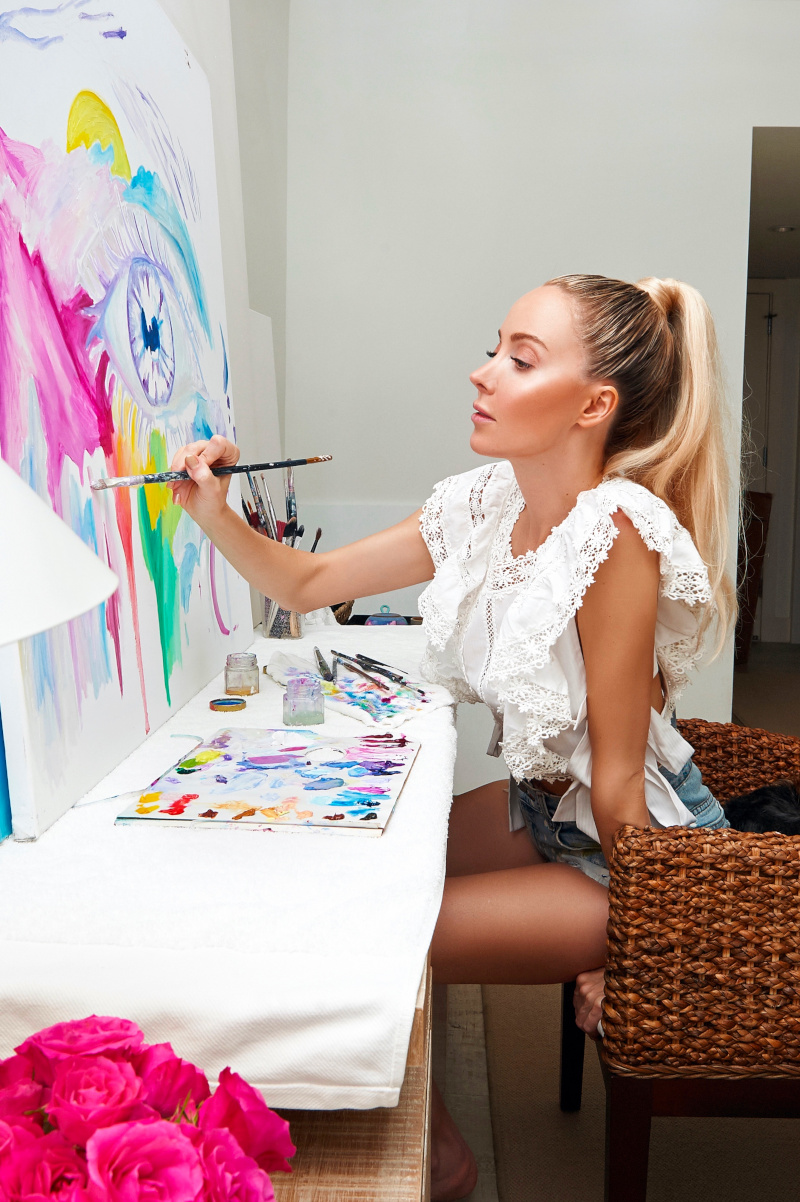
What is the legacy you would like to create for yourself and your art?
That’s an interesting question! I wrote my thesis on the artwork of Kara Walker. My advisor invited me to an art exhibition with Walker near RISD, her alma mater. I had the opportunity to meet her my senior year at Brown and I asked her a similar question, and she laughed and exclaimed ‘Wow. That makes me feel old!’ She didn’t really reply. Maybe I’m not ready to answer that one yet, either. : )
|
|

